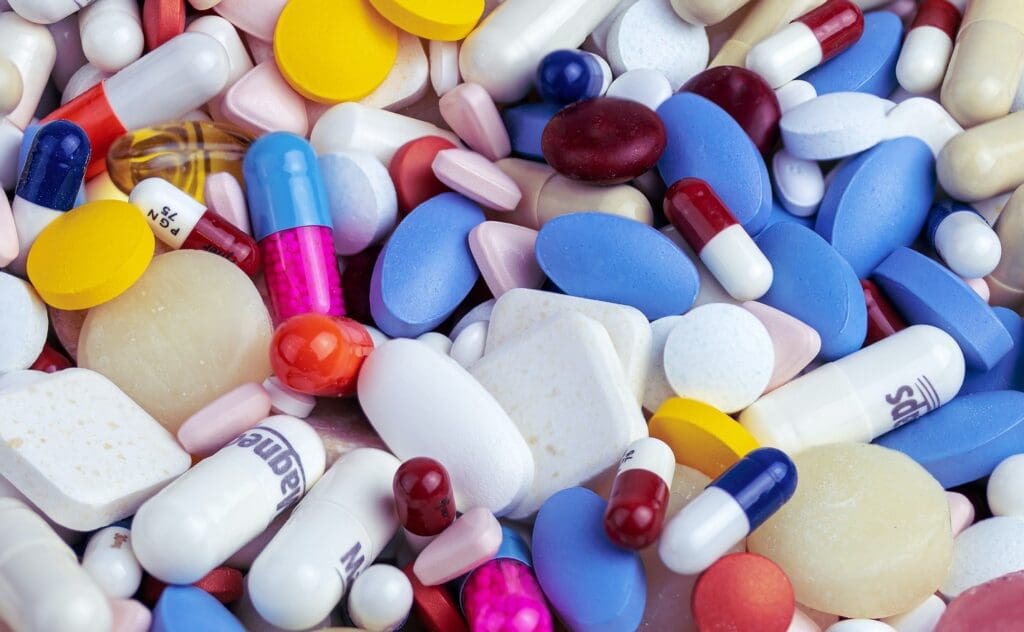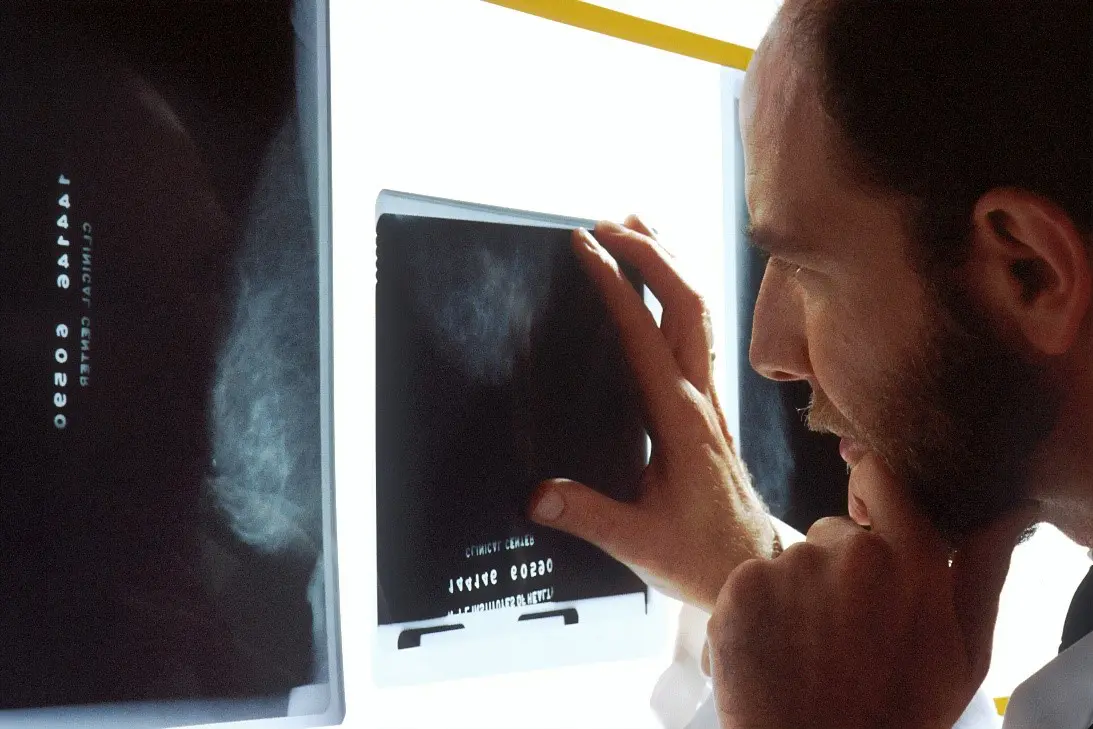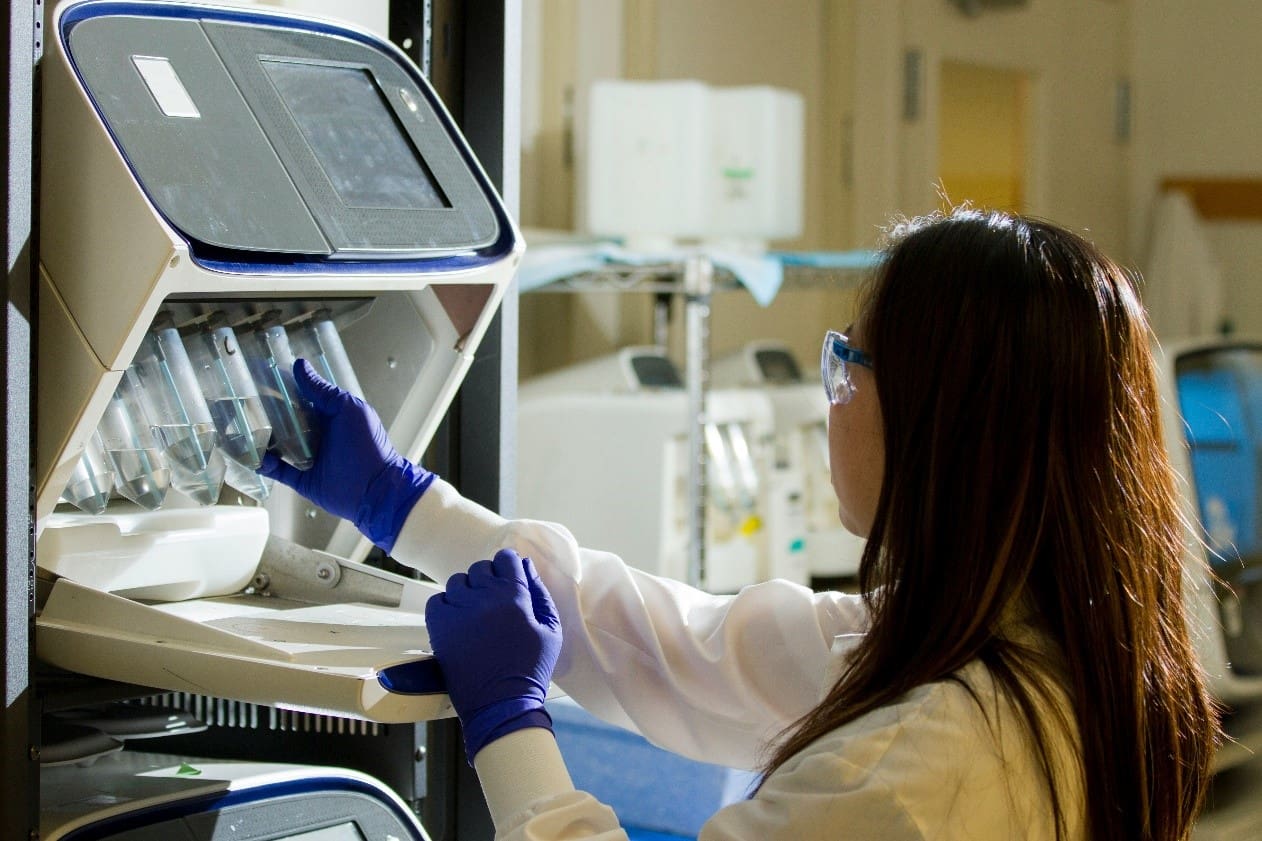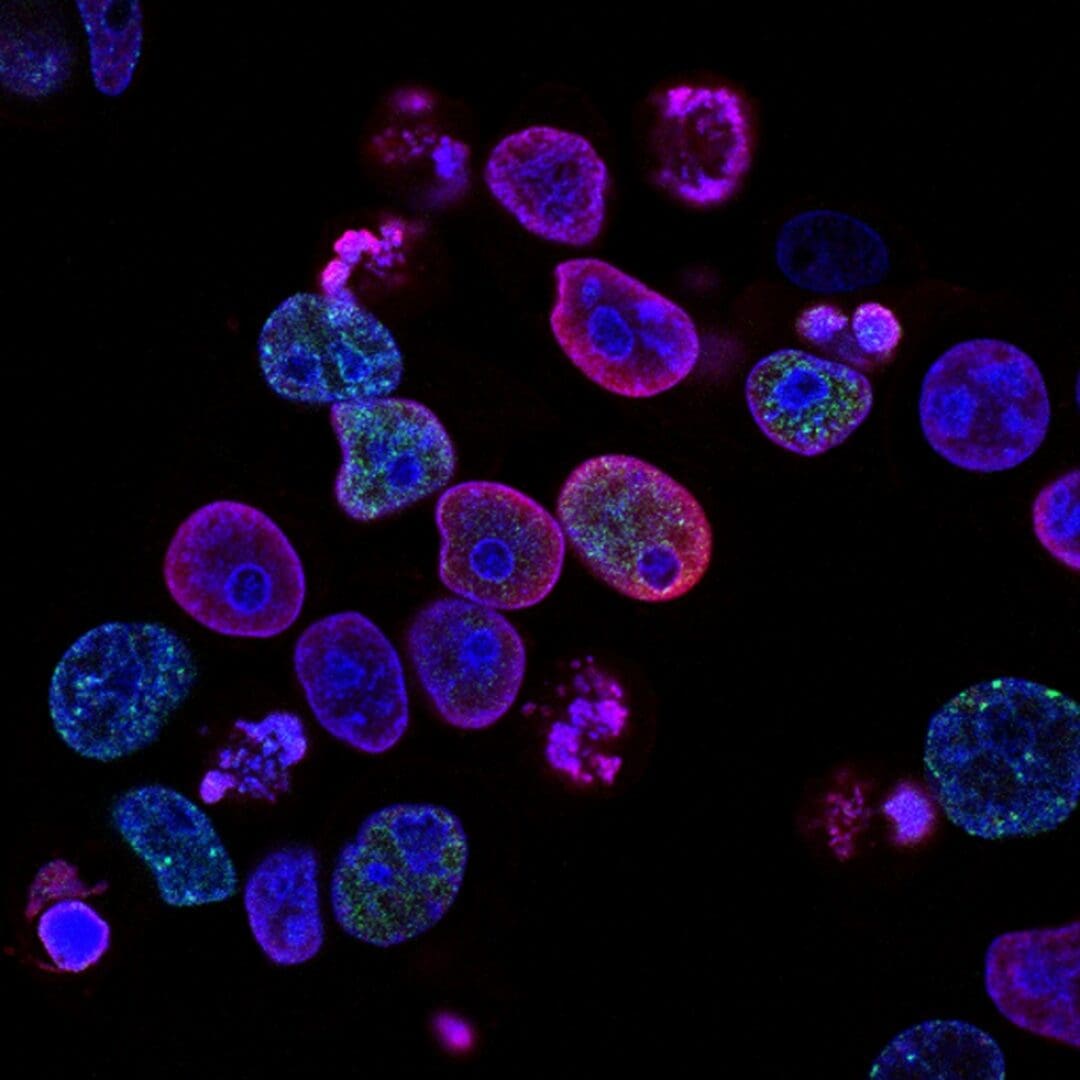Revolutionizing Treatment: The Evolution of Drug Delivery Systems
Every day, more than half of the world’s population relies on medication, yet the effectiveness of these treatments often hinges on their method of delivery. Drug Delivery Systems (DDS) represent a critical frontier in modern medicine, designed to optimize the targeted delivery of therapeutic agents within the body. DDS has become particularly essential in the era of complex biological drugs by maximizing efficacy and minimizing side effects.
Drug Delivery Systems encompass a range of advanced technologies, each with distinct mechanisms and applications. Controlled release systems, for instance, aim to maintain consistent drug concentrations within the therapeutic range over extended periods. This approach reduces the need for frequent dosing, enhances patient adherence, and minimizes adverse effects. Standard methods include matrix-based systems, hydrogel-based systems, and osmotic pumps, all engineered to release medication at a regulated pace. Similarly, extended-release formulations achieve gradual drug release over time, utilizing innovations such as implantable microchips and intravaginal rings to improve therapeutic outcomes.

Nanotechnology has profoundly advanced DDS, introducing nano-formulations that exploit the small size and unique properties of nanoparticles. These systems enable targeted drug delivery, prolong drug circulation, and enhance deposition in specific tissues. Notable examples include liposomes, which encapsulate both water-soluble and water-insoluble drugs, and dendrimers, highly branched polymers capable of carrying multiple drug molecules. Additionally, biomimetic cell-derived nanoparticles utilize cell membranes to enhance drug delivery by mimicking biological processes, offering unmatched precision in disease targeting.
Despite these breakthroughs, significant challenges persist, particularly in delivering large and sensitive molecules such as monoclonal antibodies and nucleic acids. These molecules are highly susceptible to the body’s physiological environment, necessitating innovative formulations to ensure stability and efficacy. Researchers actively explore methods to improve tissue-specific delivery, enhance intracellular targeting, and achieve more precise drug release. Efforts in personalized medicine and theranosics – combining diagnostic imaging with therapy – are also gaining traction, promising tailored treatment options and minimizing off-target effects.
One area of notable innovation is mRNA-lipid nanoparticle systems, a technology that gained prominence during the COVID-19 pandemic. These systems hold tremendous potential for gene therapy and vaccine delivery, with ongoing research focused on improving their stability and targeting efficiency. Similarly, inhalable formulations for monoclonal antibodies are emerging as a promising approach for treating respiratory diseases, though challenges remain in formulating these therapies to penetrate deep lung tissues effectively. Another exciting frontier is biorthogonal chemistry, which employs selective chemical reactions within biological systems to enable controlled drug release, presenting an entirely novel mechanism for therapeutic precision.

Continued research in DDS is indispensable for overcoming current challenges and driving innovation. Standardized data reporting is crucial for facilitating meaningful comparisons between studies while exploring novel approaches can reveal new opportunities for advancement. By synthesizing existing knowledge and identifying research gaps, the field can push the boundaries of what is achievable in nanotechnology and targeted therapeutics. These efforts illuminate emerging trends and propose groundbreaking strategies for developing next-generation tools and treatments.
The field of drug delivery systems is both dynamic and transformative. Advances in technology and biology continue to unlock new possibilities, reshaping how diseases are treated and significantly improving patient outcomes. As researchers persist in their quest for innovation, the potential of DDS to revolutionize healthcare grows ever stronger, heralding a future where precision medicine becomes the norm and patients benefit from safer, more effective therapies.







